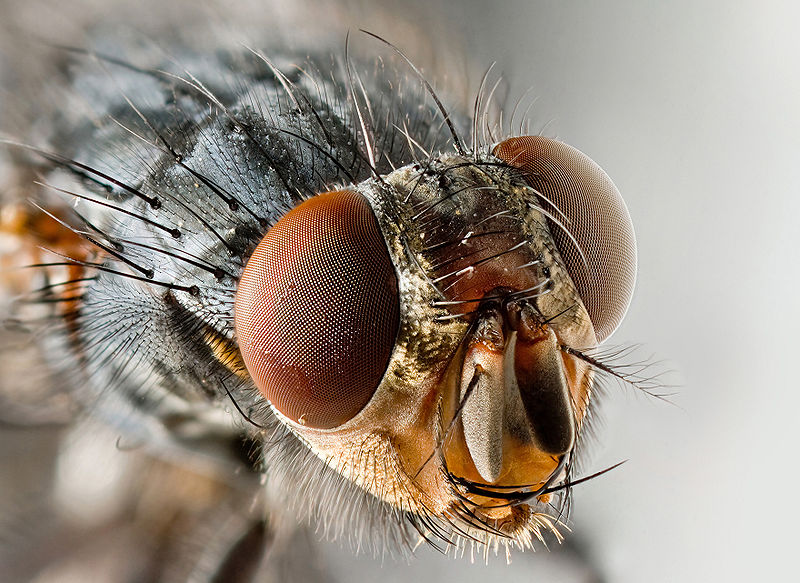P.W. Singer, author of Wired for War, has a new book about cybersecurity and sat for an interview on the topic with Alyson Sheppard of Popular Mechanics. An excerpt:
“Question:
How are countries coming to terms with the ethics of using digital weapons in a military context?
P.W. Singer:
It’s a new realm of international competition and conflict and it’s very much on its way to becoming an arms race. I mean the worst aspect of arms races in the past, where countries spend a lot of money competing with each other but end up all less secure. We explore in the book the role of international negotiations and the potential of new laws and arms control. It’s going to be really difficult, but that doesn’t mean there’s not value in trying.
You also have this issue to be worked out on the national level. You have more than 100 countries building cyber military command equivalents. The civilian side needs to better understand the ramifications. This is most definitely a concern in both the U.S. and China, particularly right now when there’s a buildup of capabilities and military doctrines that are not well understood by the civilian leaders.
It’s not just our role as citizens of these countries and netizens of the Internet itself, but it’s all affecting this online world that we depend on. Cyberwar is not something that will take place in a far-off realm. It’s something that will happen on the Internet that we all use. It’s not just that we might be targeted—it’s that it will go through us.”



